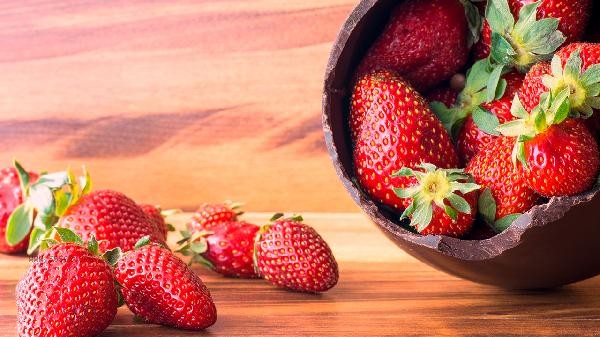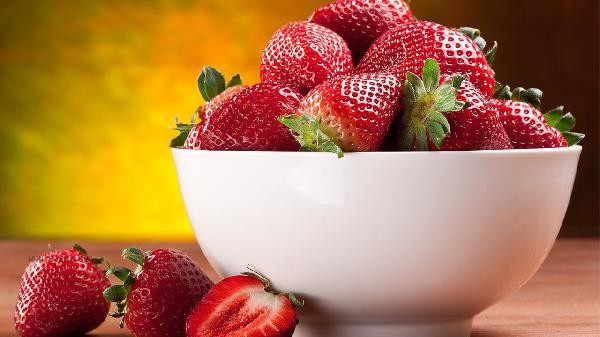strawberries can be planted in February, but it is necessary to choose cold resistant varieties or adopt protective measures such as greenhouses according to local climate conditions. The planting time of strawberries is mainly influenced by factors such as temperature, variety characteristics, and cultivation methods. In southern China, such as Guangdong and Fujian, the average temperature in February is often above 10 degrees Celsius, making it feasible to plant cold resistant strawberry varieties outdoors. Winter fruiting varieties such as Hongyan and Zhangji can be selected, which can maintain good growth conditions in low temperature environments. Before planting, it is necessary to deeply plow the soil and apply sufficient organic fertilizer to ensure good drainage. Cover with plastic film for insulation after planting, and temporarily build a small arch shed to prevent frost during cold waves. In spring, there is more rainfall in the south, so it is necessary to pay attention to digging ditches and drainage to prevent root rot. The temperature in February in northern regions is usually below 5 degrees Celsius, making it difficult for outdoor planting to survive. It is recommended to use greenhouse or greenhouse planting, maintaining a temperature of 15-20 degrees Celsius during the day and no lower than 8 degrees Celsius at night inside the greenhouse. It is advisable to choose greenhouse specific varieties such as seasonal strawberries, and use fill lights to extend the lighting time. The best planting substrate is a mixture of peat soil and perlite, and a drip irrigation system is used to accurately control the moisture content. Regular ventilation is required to prevent the occurrence of diseases such as gray mold. Strawberry growth requires sufficient light and suitable temperature, and water and fertilizer management should be paid attention to regardless of whether it is planted in northern or southern regions. After planting, keep the soil moist but not waterlogged, and increase the application of phosphorus and potassium fertilizers during the flowering and fruiting period. Timely remove old and diseased leaves, thinning flowers and fruits to ensure fruit quality. Using bees for pollination can increase fruit setting rate, and controlling water during the fruit color transition period can improve sweetness. It is recommended to regularly monitor the soil EC and pH values and adjust the nutrient solution formula according to the growth stage.











Comments (0)
Leave a Comment
No comments yet
Be the first to share your thoughts!